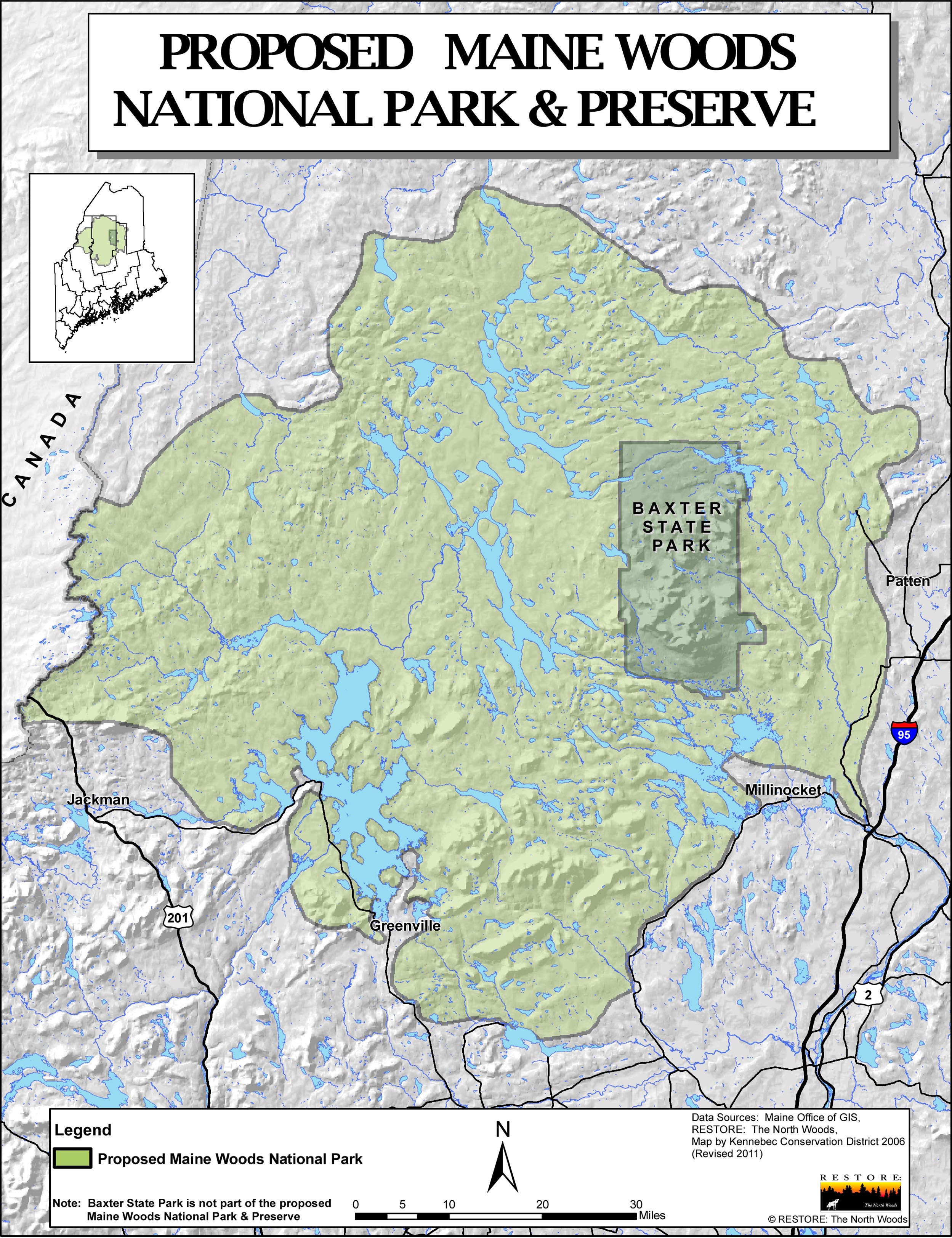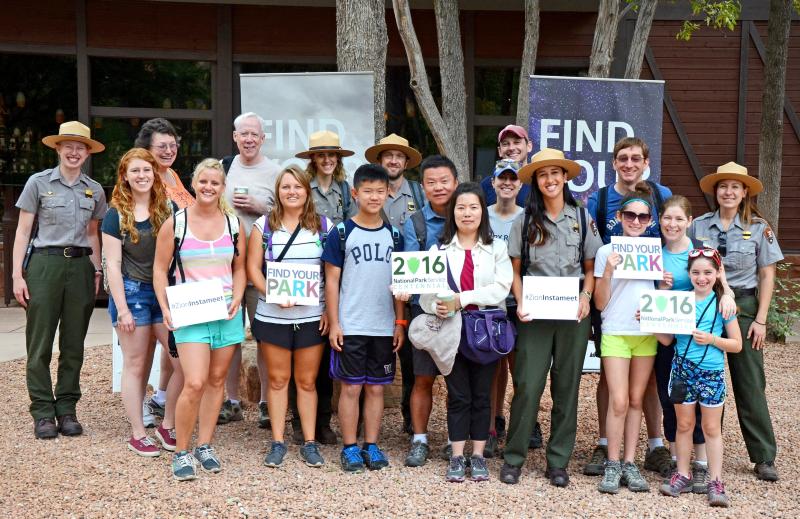To provide observations and information on the emerging fields of landscape scale conservation, heritage preservation, and sustainable community development.
Newsletter
Stay up-to-date with the latest nature, culture and community news.
We won’t spam you or share your information. Newsletters are sent approximately 10 times a year. Unsubscribe at any time.

Politicians, Conservationists, And National Parks
Creating new national parks and protecting public lands on a landscape scale is not for the faint of heart. An analysis of the ongoing debate over a possible national park in Maine’s North Woods as well as the long-running efforts to resolve land-use practices on millions of federal acres in Utah highlight some of the challenges. While the rhetoric is intense left on the sidelines is the American public and the most affected communities, what do they think?

Anniversary of the NPS: Building on a Legacy?
This post , NPS and Anniversaries, first ran in our September 2015 newsletter. We are re-printing it now in an effort to spark conversation not only about the NPS centennial, but also the legacy of the Obama Presidency and National Parks more generally. After almost 8 years, what do you see as the primary imprint of the Administration on the National Park System and other public lands? What will be the long term impacts of the administration’s efforts to protect resources on a landscape scale and tell the history of all Americans? What about the direction of the 2016 Centennial? And most importantly, what will be the emphasis of the next administration?

San Antonio Missions: Learning from the World Heritage Experience
On October 17, 2015 dignitaries from around the country gathered to celebrate the inscription of the San Antonio Missions as the 23rd World Heritage Site in the Untied States (US) and the first in Texas. The San Antonio Missions are a group of five frontier mission complexes situated along an over seven mile stretch of the San Antonio RiverBehind the well-deserved World Heritage hoopla and the carefully crafted statement of the property’s Outstanding Universal Value, there is more than a decade of hard work. As interested in World Heritage recognition grows in the country and around the globe, what can we learn from the hard won experience of the San Antonio Missions?

Politicians, Conservationists, And National Parks
Creating new national parks and protecting public lands on a landscape scale is not for the faint of heart. An analysis of the ongoing debate over a possible national park in Maine’s North Woods as well as the long-running efforts to resolve land-use practices on millions of federal acres in Utah highlight some of the challenges. While the rhetoric is intense left on the sidelines is the American public and the most affected communities, what do they think?

Anniversary of the NPS: Building on a Legacy?
This post , NPS and Anniversaries, first ran in our September 2015 newsletter. We are re-printing it now in an effort to spark conversation not only about the NPS centennial, but also the legacy of the Obama Presidency and National Parks more generally. After almost 8 years, what do you see as the primary imprint of the Administration on the National Park System and other public lands? What will be the long term impacts of the administration’s efforts to protect resources on a landscape scale and tell the history of all Americans? What about the direction of the 2016 Centennial? And most importantly, what will be the emphasis of the next administration?

San Antonio Missions: Learning from the World Heritage Experience
On October 17, 2015 dignitaries from around the country gathered to celebrate the inscription of the San Antonio Missions as the 23rd World Heritage Site in the Untied States (US) and the first in Texas. The San Antonio Missions are a group of five frontier mission complexes situated along an over seven mile stretch of the San Antonio RiverBehind the well-deserved World Heritage hoopla and the carefully crafted statement of the property’s Outstanding Universal Value, there is more than a decade of hard work. As interested in World Heritage recognition grows in the country and around the globe, what can we learn from the hard won experience of the San Antonio Missions?


